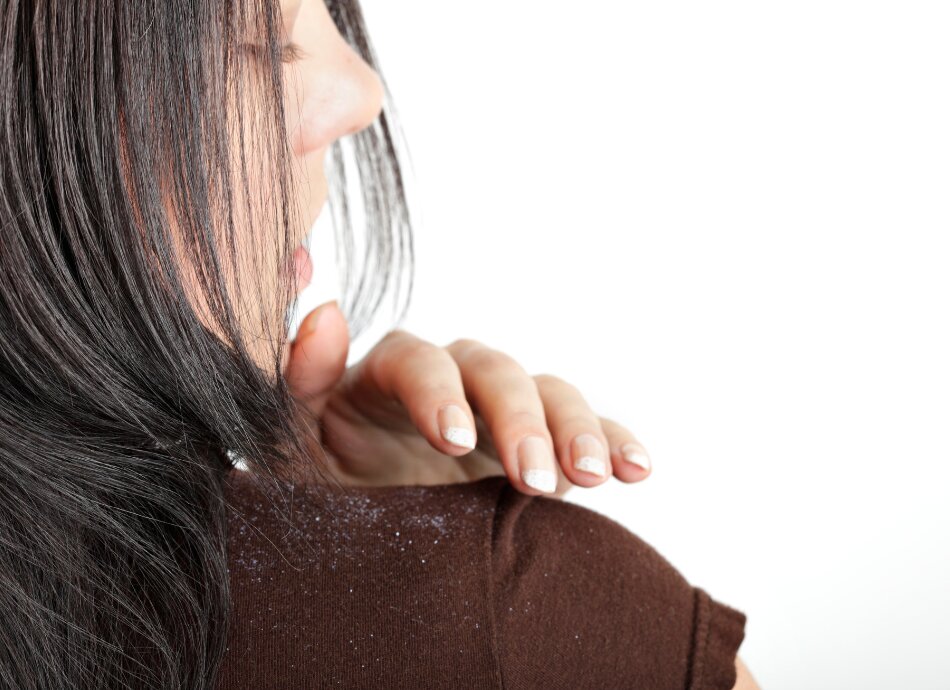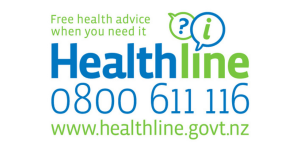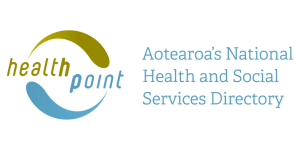Wishing everyone a safe and happy Christmas and New Year – Meri Kirihimete from the Healthify team.
Ketoconazole shampoo
Also known as Nizoral® and Sebizole® shampoo
Key points about ketoconazole shampoo
- Ketoconazole shampoo is used to treat dandruff, seborrhoeic dermatitis and pityriasis versicolor.
- Ketoconazole is also called Nizoral® and Sebizole®.
- Find out how to use it safely and the possible side effects.

Ketoconazole is an anti-fungal medicine which kills yeast (a type of fungus) which causes flaky scalp. The shampoo is commonly known as Nizoral® and Sebizole®.
It’s used to treat dandruff, seborrhoeic dermatitis and pityriasis versicolor that are caused by yeasts. The shampoo helps relieve redness, scaling or flaking skin and itching.
In Aotearoa New Zealand, ketoconazole shampoo comes in 2 strengths (1% and 2%). It can be used by adults and children over 12 years of age.
Nizoral 1% can be bought from a supermarket or pharmacy and is for the treatment of mild dandruff. Sebizole 2% and Nizoral 2% are only available to buy from pharmacies or on a prescription. This strength is used to treat more severe seborrhoeic dermatitis on the scalp and pityriasis versicolor.
The information on this page is about ketoconazole shampoo. Ketoconazole is also available as a cream which is used on your skin.
Always use the shampoo exactly as your healthcare provider has told you. The pharmacy label on your medicine will tell you how often to use the shampoo and any special instructions. The following points are for general use:
- Wet your hair and apply the same amount of shampoo you would usually use to wash your hair.
- Massage the lather over your scalp.
- Leave it on for 3 to 5 minutes.
- Rinse it off thoroughly with water.
- Avoid getting the shampoo into your eyes. If this happens, rinse them with cold water straight away.
How often you use ketoconazole shampoo will depend on the condition you are treating. Below is some guidance for treating different conditions:
- For dandruff and more severe seborrhoeic dermatitis of the scalp: Use the shampoo 2 times a week for up to 4 weeks. Depending on your response, you may need to repeat the treatment for another 4 weeks after taking a 4 week break. To prevent dandruff returning you can use the shampoo once every 1 to 2 weeks.
- For pityriasis versicolor: Use the shampoo every day for up to 5 days in a row. If you know you develop pityriasis versicolor after being out in the sun, the shampoo can be used to prevent the rash. The shampoo can be used for up to 3 days before you spend time out in the sun.
Here are some things to know when you're using ketoconazole shampoo. Other things may be important as well, so ask your healthcare provider what you should know about.
- Ketoconazole shampoo is a pink liquid and may discolour grey or white hair or hair that is dyed.
- Other medicines: If you’ve been using steroids on your scalp such as Beta Scalp®, wait for 2 weeks before using ketoconazole shampoo because your scalp can become irritated.
- Don’t use the shampoo for more than 4 weeks at a time.
Like all medicines, ketoconazole shampoo can cause side effects but this is not common as it's only being used on your scalp.
| Side effects | What should I do? |
|---|---|
|
|
|
|
Read more about medicines and side effects and reporting a reaction that you think might be a side effect.
The following links provide further information on ketoconazole shampoo.
Sebizole(external link) Medsafe Consumer Medicine Information, NZ
Brochures
Medicines and side effects(external link) Healthify He Puna Waiora, NZ, 2024
5 questions to ask about your medications(external link) Health Quality and Safety Commission, NZ, 2019 English(external link), te reo Māori(external link)
References
- Ketoconazole(external link) New Zealand Formulary, NZ
- Sebizole 2% shampoo(external link) Medsafe datasheet, NZ
Credits: Healthify editorial team. Healthify is brought to you by Health Navigator Charitable Trust.
Reviewed by: Angela Lambie, Pharmacist, Auckland
Last reviewed:





